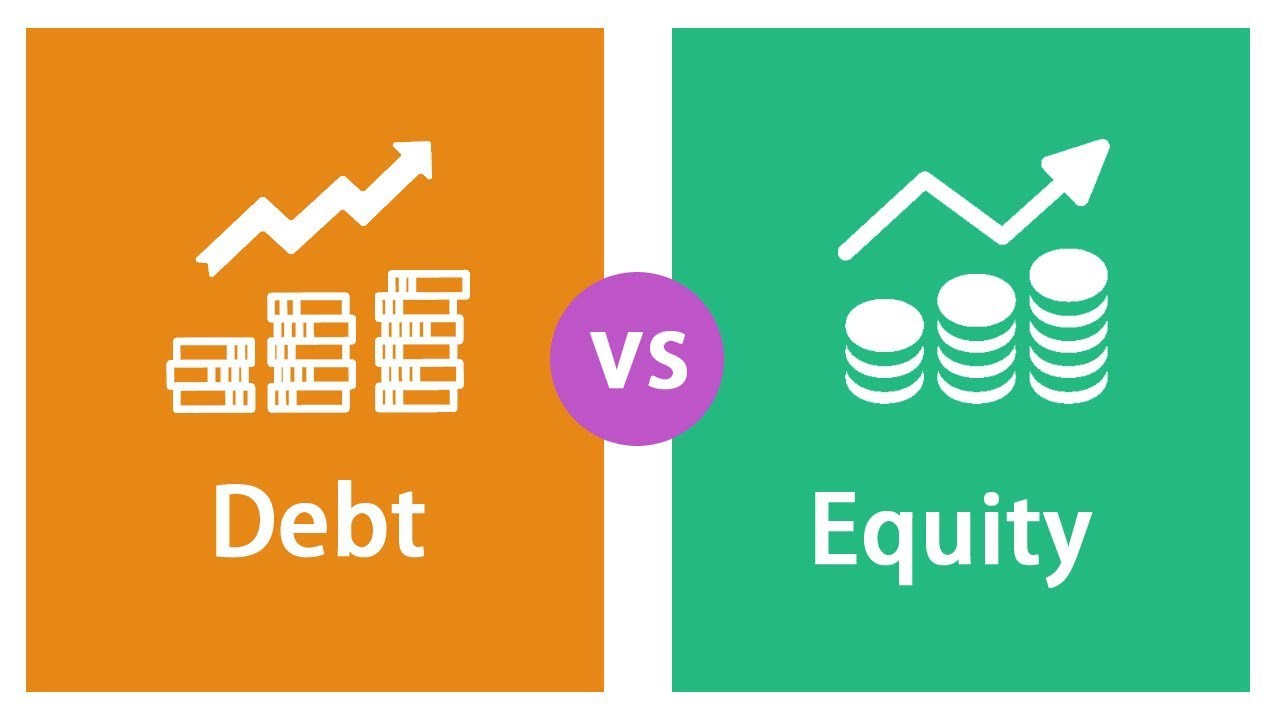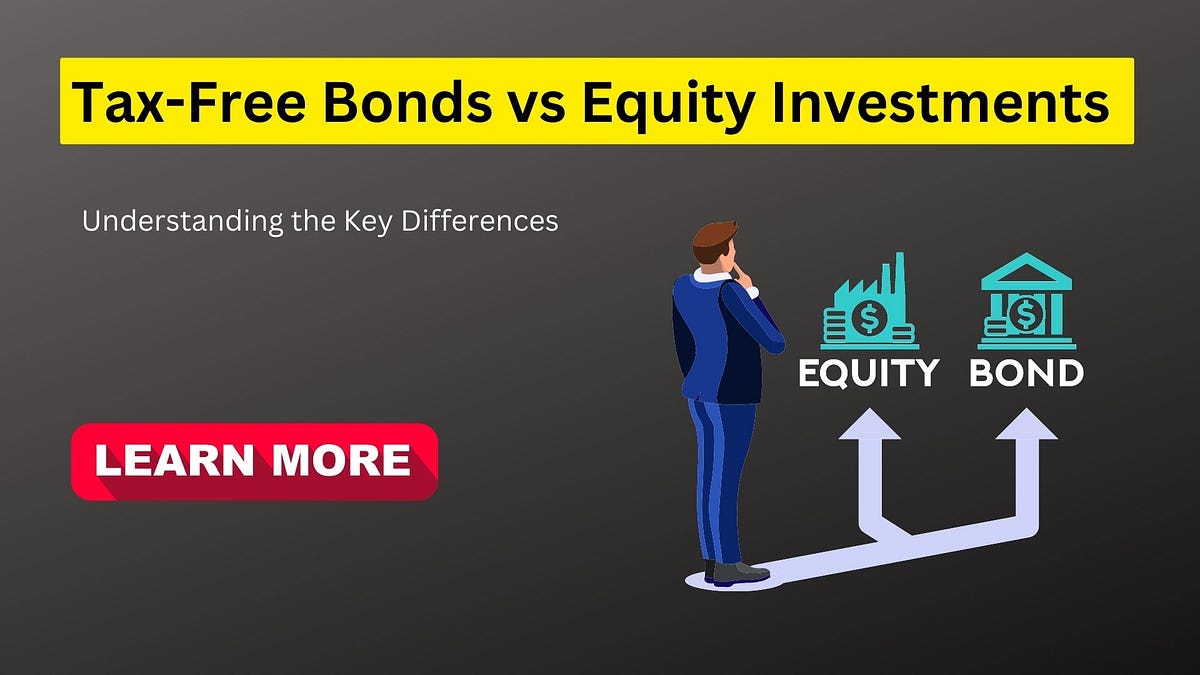

Finance
What Is The Difference Between APY And APR?
Published: March 3, 2024
Learn the distinction between APY and APR in finance to make informed decisions. Understand how each impacts your savings and borrowing.
(Many of the links in this article redirect to a specific reviewed product. Your purchase of these products through affiliate links helps to generate commission for LiveWell, at no extra cost. Learn more)
Table of Contents
Introduction
Understanding the Difference Between APY and APR
When it comes to managing your finances, understanding the nuances of various interest rates is crucial. Two common terms that often cause confusion are Annual Percentage Yield (APY) and Annual Percentage Rate (APR). While they may sound similar, they serve distinct purposes and can significantly impact the overall returns on your investments or the cost of borrowing. In this article, we will delve into the definitions of APY and APR, explore their differences, and highlight the importance of discerning between the two.
Financial literacy is an essential skill for anyone seeking to make informed decisions about their money. Whether you're considering opening a savings account, obtaining a loan, or evaluating investment opportunities, comprehending the disparities between APY and APR is paramount. By gaining a deeper understanding of these concepts, you can empower yourself to make sound financial choices and maximize the benefits of your monetary transactions.
In the following sections, we will break down the intricacies of APR and APY, elucidate their respective functions, and elucidate the key disparities between them. By the end of this article, you will have a clear grasp of how APY and APR differ and why this knowledge is invaluable in managing your financial endeavors.
Understanding APR
Annual Percentage Rate (APR) is a critical factor in the realm of borrowing and lending. It represents the annual cost of borrowing funds, including interest and additional fees, expressed as a percentage. When you apply for a loan or a credit card, the APR plays a pivotal role in determining the total expense you will incur over the loan’s duration.
The APR encompasses not only the interest rate but also any additional charges, such as origination fees, discount points, and mortgage insurance. This comprehensive approach provides a more accurate representation of the actual cost of borrowing, enabling consumers to make informed decisions when comparing loan offers from different financial institutions.
For instance, if you’re evaluating mortgage options, understanding the APR can help you assess the overall affordability of each loan, factoring in both the interest rate and associated fees. By considering the APR, you can gain a clearer understanding of the long-term financial implications of your borrowing decisions.
It’s important to note that APR is mandated by the Truth in Lending Act, which requires lenders to disclose the APR to borrowers. This regulatory measure aims to promote transparency in lending practices and empower consumers to make well-informed choices when obtaining credit.
When comparing loan products, focusing solely on the interest rate may lead to misconceptions about the actual cost of borrowing. By incorporating the APR into your assessment, you can make a more accurate comparison and select the most cost-effective borrowing option that aligns with your financial goals.
Understanding APY
Annual Percentage Yield (APY) is a crucial concept in the realm of savings and investments, representing the annualized rate of return on an interest-bearing account. Unlike APR, which pertains to the cost of borrowing, APY focuses on the potential earnings from savings, investments, or deposit accounts.
When you deposit funds into a savings account or investment vehicle, the financial institution compensates you with interest, allowing your money to grow over time. APY takes into account the interest rate, the frequency of compounding, and any applicable fees, providing a comprehensive measure of the potential returns on your investment.
One of the key factors that sets APY apart from simple interest rates is its consideration of compounding. Compounding refers to the process of earning interest on both the initial principal and the accumulated interest, leading to exponential growth in the account balance over time. By factoring in the effects of compounding, APY offers a more accurate reflection of the actual growth potential of your savings or investments.
For individuals seeking to maximize the growth of their savings, understanding APY is essential when comparing different savings accounts or investment opportunities. A higher APY indicates a greater potential for your money to grow, making it a pivotal metric for evaluating the profitability of various financial products.
Financial institutions often promote high APYs to attract potential customers to their savings and deposit accounts. However, it’s important to scrutinize the terms and conditions associated with these accounts, as certain limitations or requirements may impact the effective yield. By comprehending the nuances of APY, you can make informed decisions about where to allocate your funds to achieve optimal returns.
Key Differences
While both Annual Percentage Yield (APY) and Annual Percentage Rate (APR) are expressed as percentages and play pivotal roles in the financial landscape, they serve distinct purposes and encompass different elements. Understanding the disparities between APY and APR is essential for making informed financial decisions. Let’s delve into the key differences between these two fundamental concepts:
- Focus and Application: APR primarily applies to borrowing and lending scenarios, representing the total cost of borrowing funds, including interest and fees. On the other hand, APY is relevant to savings and investments, indicating the potential earnings from interest-bearing accounts or investment products.
- Consideration of Compounding: APY incorporates the effects of compounding, reflecting the actual growth potential of savings or investments. In contrast, APR does not account for compounding and is focused on the straightforward cost of borrowing.
- Inclusion of Additional Fees: APR encompasses not only the interest rate but also any extra fees associated with borrowing, providing a comprehensive view of the total borrowing cost. In contrast, APY typically does not include additional fees, as its primary focus is on the potential returns from savings or investments.
- Regulatory Requirements: Lenders are mandated by the Truth in Lending Act to disclose the APR to borrowers, promoting transparency in lending practices. Conversely, while financial institutions often highlight APY to attract savers and investors, there are no specific regulatory requirements governing its disclosure.
These fundamental distinctions highlight the divergent roles and implications of APY and APR in the financial landscape. Whether you’re contemplating a loan or seeking to optimize your savings, recognizing these differences is pivotal in navigating the complex terrain of personal finance.
Importance of Knowing the Difference
Understanding the disparity between Annual Percentage Yield (APY) and Annual Percentage Rate (APR) holds immense significance in the realm of personal finance. This knowledge empowers individuals to make informed decisions when managing their savings, investments, and borrowing activities. Here are several compelling reasons why discerning the dissimilarities between APY and APR is crucial:
- Optimizing Savings and Investments: By grasping the concept of APY, individuals can identify accounts or investment opportunities offering higher potential returns, enabling them to maximize the growth of their savings over time. This knowledge is instrumental in aligning one’s financial goals with the most profitable avenues for wealth accumulation.
- Informed Borrowing Decisions: Understanding APR equips borrowers with the ability to accurately assess the actual cost of borrowing, factoring in both the interest rate and any associated fees. This facilitates informed comparisons of loan offers and aids in selecting the most cost-effective borrowing options, ultimately minimizing the financial burden of debt.
- Transparency and Accountability: Knowledge of APY and APR fosters transparency in financial transactions, empowering individuals to scrutinize the terms and conditions of savings accounts, investment products, and loan agreements. This awareness promotes accountability among financial institutions and cultivates a sense of confidence and control in managing one’s financial affairs.
- Long-Term Financial Planning: The ability to differentiate between APY and APR is integral to effective long-term financial planning. It enables individuals to make strategic decisions regarding savings allocation, investment diversification, and debt management, aligning their actions with their overarching financial objectives.
- Empowerment Through Knowledge: Financial literacy is a cornerstone of sound money management. By understanding the nuances of APY and APR, individuals gain a sense of empowerment and autonomy in navigating the complex landscape of personal finance, paving the way for prudent financial decision-making.
Ultimately, the distinction between APY and APR serves as a guiding beacon for individuals seeking to enhance their financial well-being. Armed with this knowledge, individuals can make astute choices that optimize their savings potential, minimize borrowing costs, and lay the groundwork for a secure and prosperous financial future.
Conclusion
In the realm of personal finance, the distinction between Annual Percentage Yield (APY) and Annual Percentage Rate (APR) is not merely a matter of semantics; it is a fundamental pillar upon which sound financial decision-making rests. APY and APR represent the divergent facets of saving, investing, and borrowing, each carrying its own set of implications and considerations.
By unraveling the intricacies of APY and APR, individuals can navigate the complex terrain of personal finance with confidence and clarity. Armed with this knowledge, they can optimize their savings potential, make informed borrowing decisions, and cultivate a strategic approach to long-term financial planning.
Moreover, understanding the differences between APY and APR empowers individuals to engage with financial institutions from a position of knowledge and discernment. This awareness fosters transparency, promotes accountability, and instills a sense of control over one’s financial affairs.
As we strive to cultivate a society characterized by financial literacy and empowerment, the distinction between APY and APR stands as a beacon of guidance, illuminating the path toward prudent money management and sustainable wealth accumulation. By embracing this knowledge, individuals can embark on a journey toward financial well-being, equipped with the tools to make astute decisions that align with their aspirations and secure a prosperous future.
In essence, the comprehension of APY and APR transcends mere numerical values; it embodies the essence of financial acumen and serves as a cornerstone of informed decision-making. As we continue to navigate the ever-evolving landscape of personal finance, let us carry forth this understanding as a compass, guiding us toward a future characterized by financial resilience, empowerment, and prosperity.














